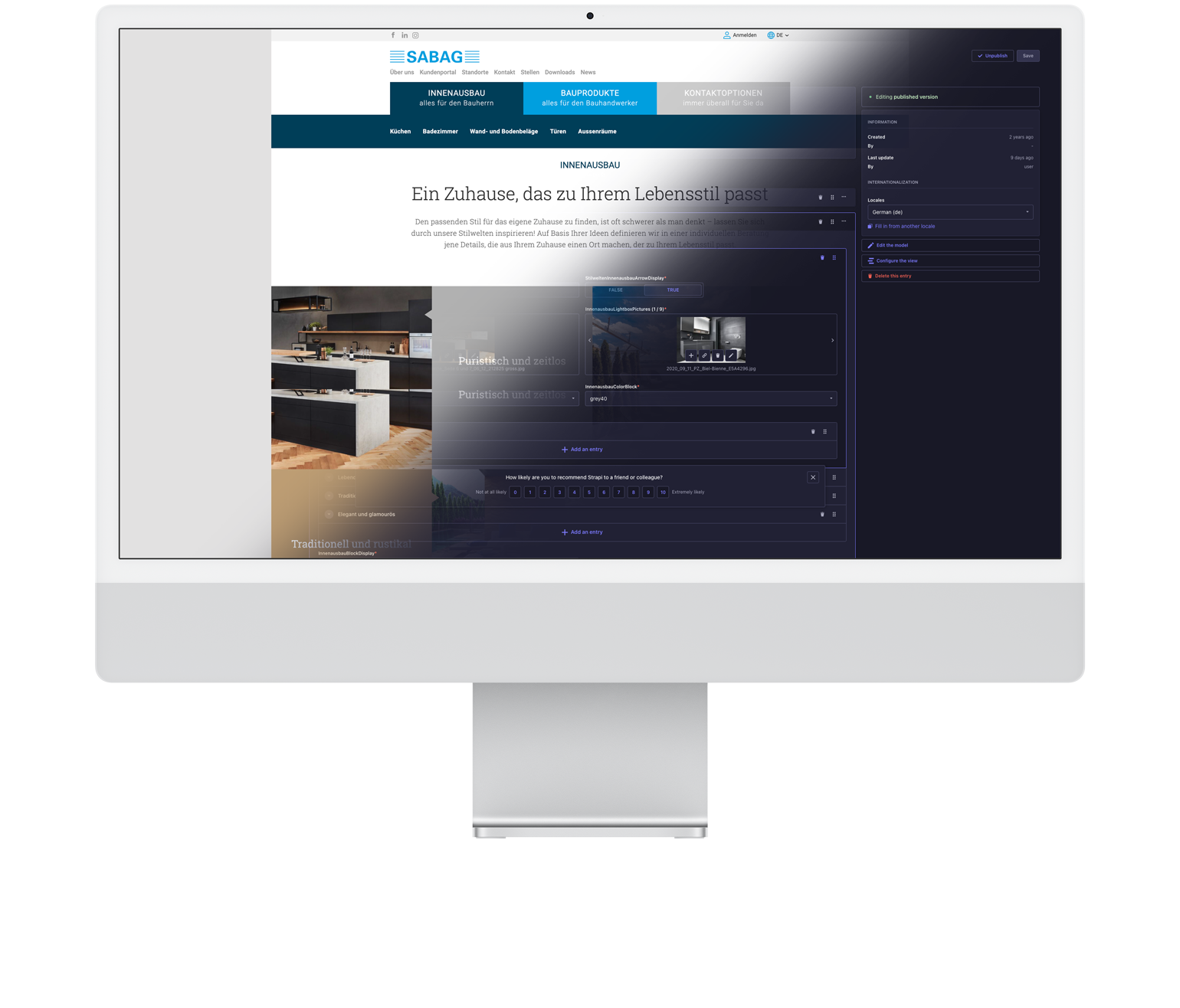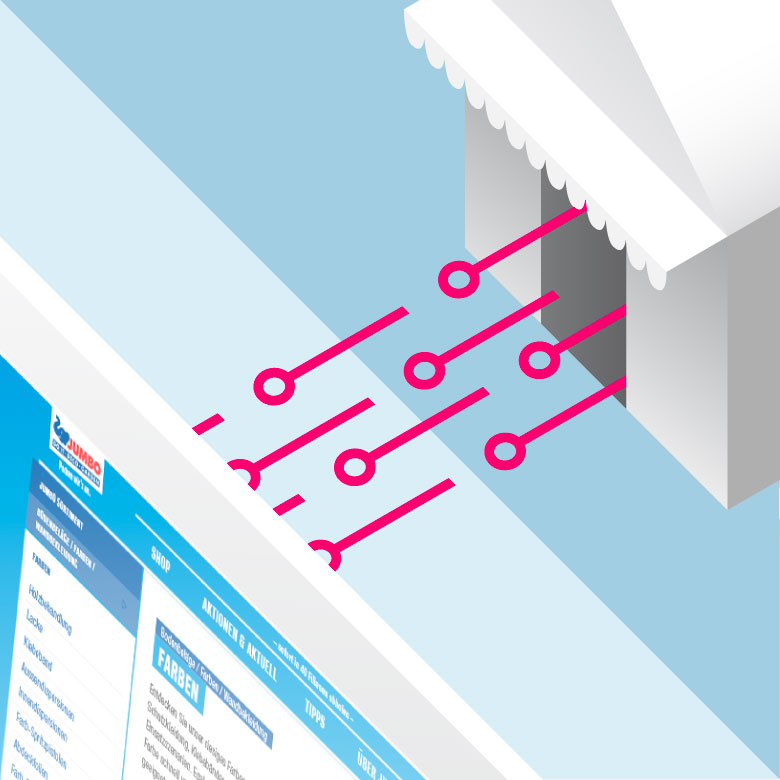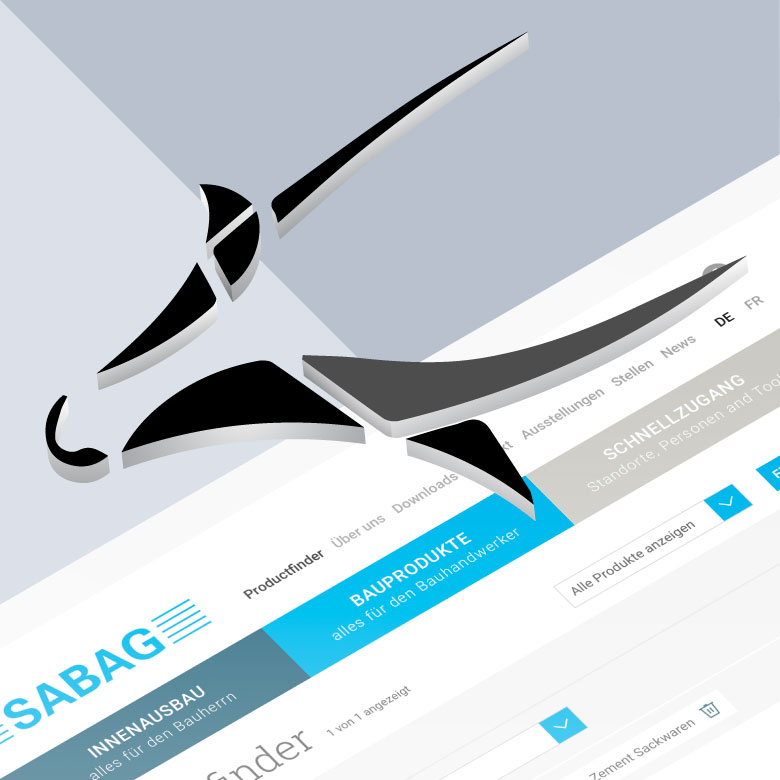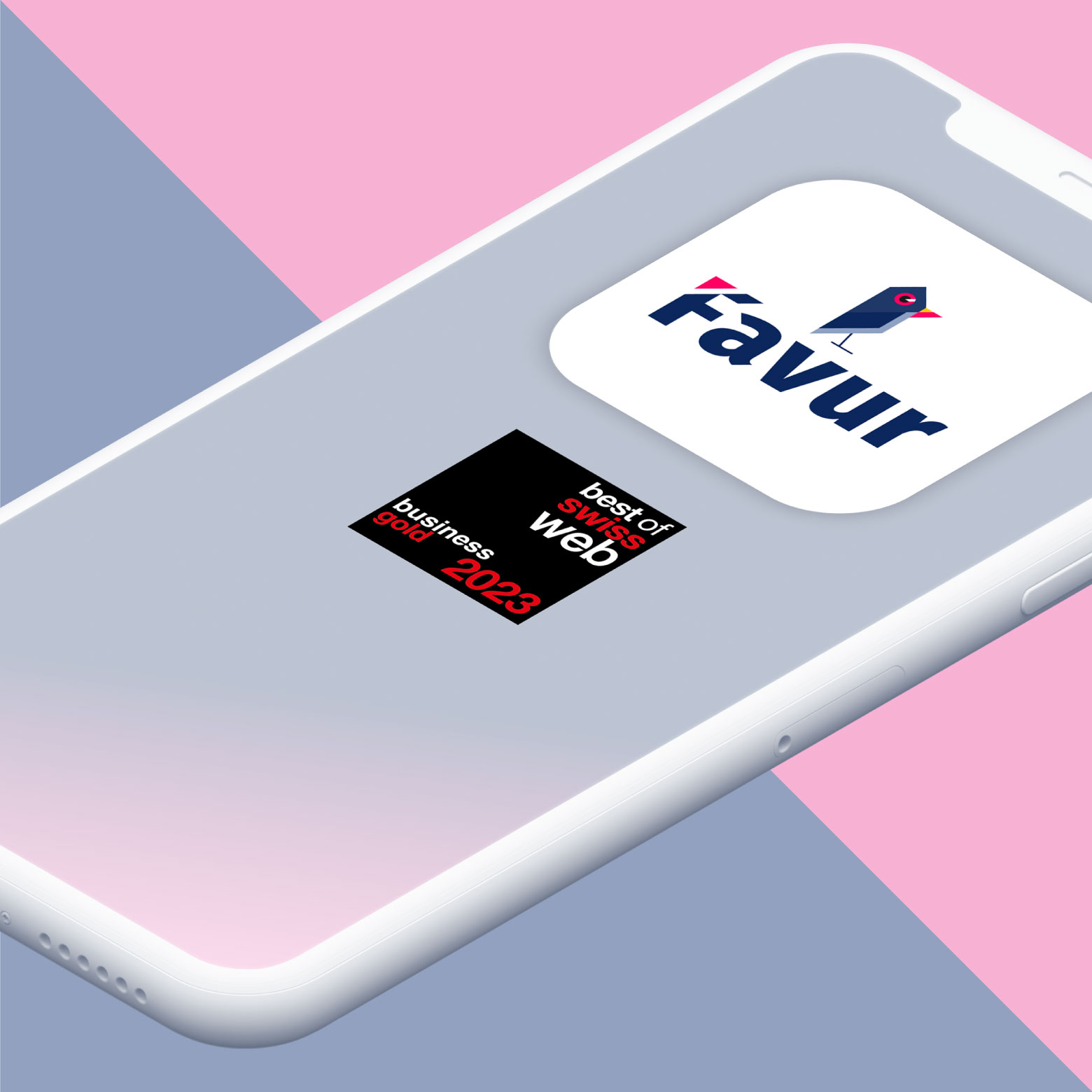Digital transformation in the Swiss construction trade
The family business SABAG has been an established name in the Swiss building trade since 1913. Based in Biel, the company has long served architects, contractors and building owners with building materials and sanitary products, among other things, in an analog way. The company relied on the expertise of UFirst to complete the digital transformation. UFirst designed and developed a customized solution for SABAG. The new CMS system is a sub-project of the digital transformation, which is explained in more detail below.
We have always found the collaboration with UFirst to be focused and professional. The fact that we had the same contact person throughout the entire project made the collaboration uncomplicated and personal.
Vera Jordi
Ready for new ways of communicating
SABAG was faced with the challenge of having to modernize its old website technically. The CMS system was getting on in years and a lot had been invested in bug fixing. The company was increasingly confronted with limitations in the system. In addition, other technologies were used for the online shop that did not harmonize with the rest. The decision was quickly clear: a new solution was needed that would bring together content and commerce via a headless system. UFirst took on the task of revamping the website on the basis of a new, modern system and laying the foundations for a contemporary digital experience.
ITEMS
Innovative transformation at SABAG
An innovative solution was created in close collaboration between the UFirst product and design team and the SABAG development team. Existing components of the old website were extracted and a new backend and frontend were created based on Strapi and React. The headless CMS Strapi makes it possible to design content in a completely flexible way. By using React as the frontend, new functions were integrated and aesthetic improvements were made. React is based on a component-based architecture. User interfaces can therefore be divided into reusable components. This has significantly increased maintainability, simplified development and made the user experience more consistent.
Maximum flexibility, adaptability and efficiency
Thanks to the Strapi solution, SABAG can now display content flexibly in different channels. This content can not only be used on the content page and in the store, but can also be made available in other places, such as on displays. This is made possible by the headless backend, which is separate from the frontend.
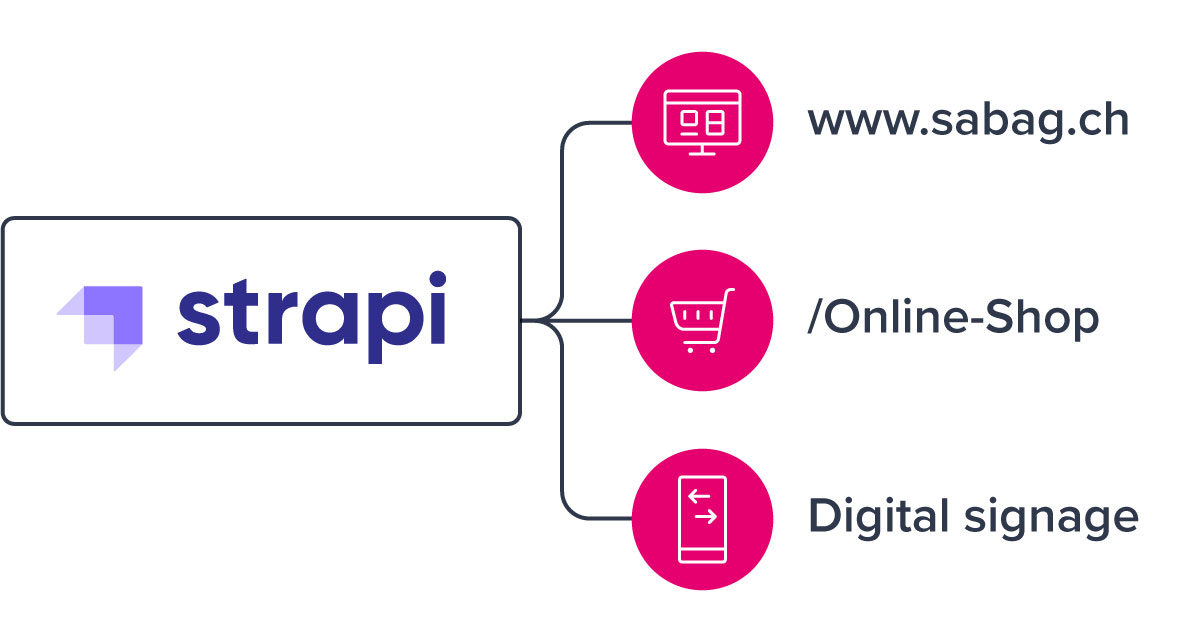
Advantages of the open source headless CMS Strapi at a glance:
- Content can be created and managed flexibly
- Content is separated from the presentation layer
- Content can be distributed across different platforms, including the React-based front-end application
- High scalability
The user-friendly interface of the backend offers an uncomplicated start. Like a modular system, the ready-made container elements help you to design your website with ease.
Marc Birkenmeier
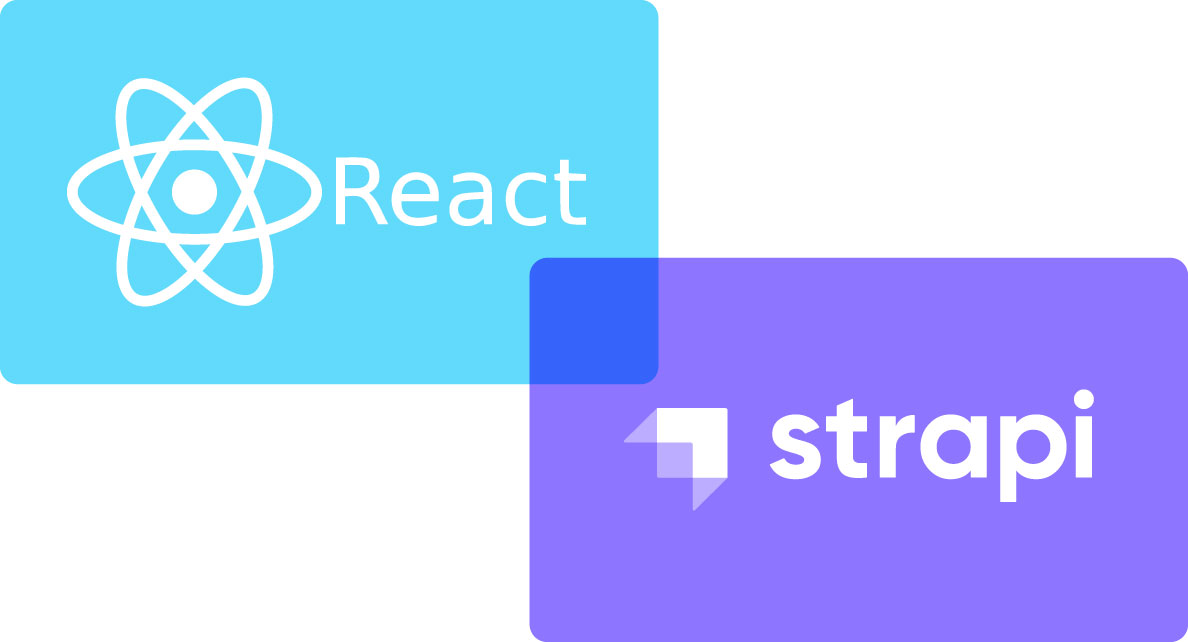
Dream team Strapi and React
The combination of Strapi (based on Node.js) and React not only enables flexible, customizable content management on the backend side (Strapi), but also efficient, component-based frontend development (React). The harmonization of the technologies resulted in a future-proof system for SABAG that is much easier to update.
Synergies with the online store, which also has React as a frontend, have now been established.
The CMS Strapi has a user-friendly interface for creating APIs. This facilitates integration with React applications and results in efficient communication between the highly responsive frontend and the backend.
Annoying and costly bug fixing is now a thing of the past at SABAG. Instead, sensible investments can be made in new functions and content.
The cooperation with UFirst is a major step in SABAG's digital transformation, demonstrating how technology, creativity and professional implementation can lead to a sustainable digital business model.

